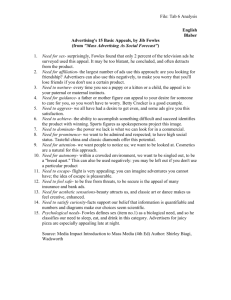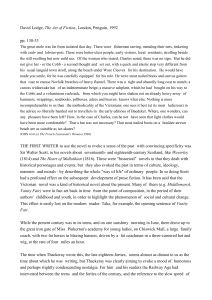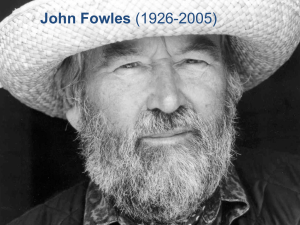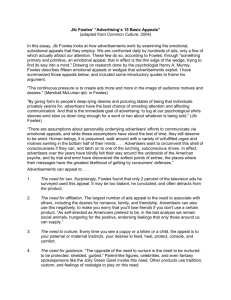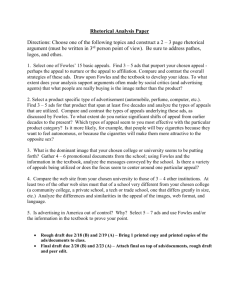The French Lieutenant's Woman by John Fowles
advertisement
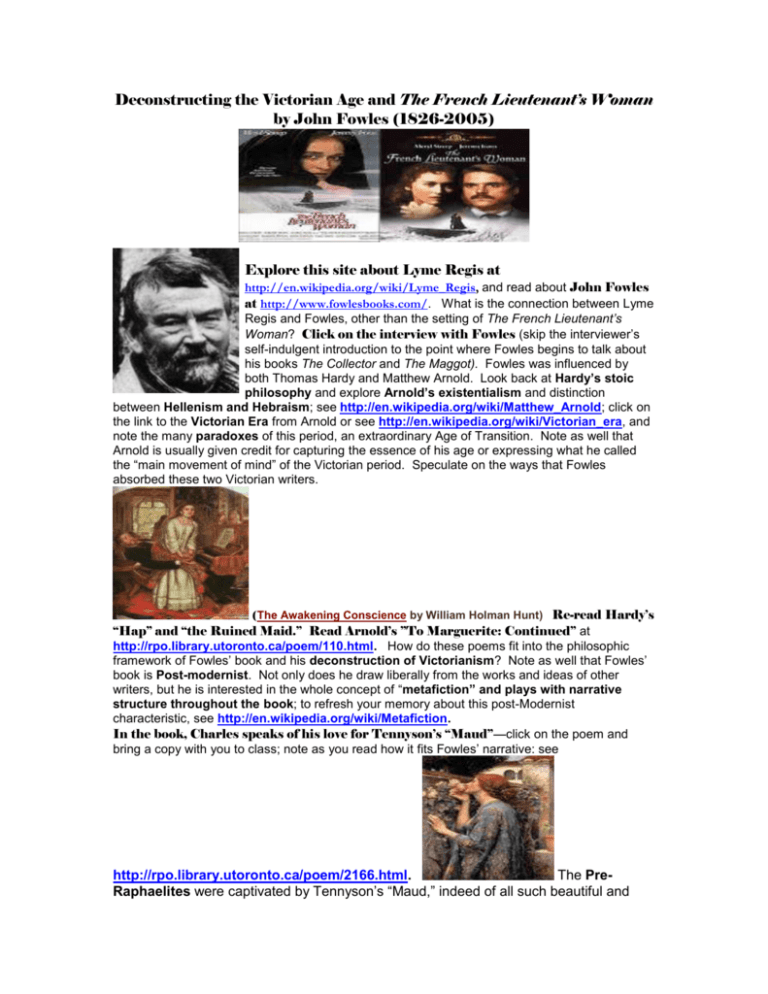
Deconstructing the Victorian Age and The French Lieutenant’s Woman by John Fowles (1826-2005) Explore this site about Lyme Regis at http://en.wikipedia.org/wiki/Lyme_Regis, and read about John Fowles at http://www.fowlesbooks.com/. What is the connection between Lyme Regis and Fowles, other than the setting of The French Lieutenant’s Woman? Click on the interview with Fowles (skip the interviewer’s self-indulgent introduction to the point where Fowles begins to talk about his books The Collector and The Maggot). Fowles was influenced by both Thomas Hardy and Matthew Arnold. Look back at Hardy’s stoic philosophy and explore Arnold’s existentialism and distinction between Hellenism and Hebraism; see http://en.wikipedia.org/wiki/Matthew_Arnold; click on the link to the Victorian Era from Arnold or see http://en.wikipedia.org/wiki/Victorian_era, and note the many paradoxes of this period, an extraordinary Age of Transition. Note as well that Arnold is usually given credit for capturing the essence of his age or expressing what he called the “main movement of mind” of the Victorian period. Speculate on the ways that Fowles absorbed these two Victorian writers. (The Awakening Conscience by William Holman Hunt) Re-read Hardy’s “Hap” and “the Ruined Maid.” Read Arnold’s ”To Marguerite: Continued” at http://rpo.library.utoronto.ca/poem/110.html. How do these poems fit into the philosophic framework of Fowles’ book and his deconstruction of Victorianism? Note as well that Fowles’ book is Post-modernist. Not only does he draw liberally from the works and ideas of other writers, but he is interested in the whole concept of “metafiction” and plays with narrative structure throughout the book; to refresh your memory about this post-Modernist characteristic, see http://en.wikipedia.org/wiki/Metafiction. In the book, Charles speaks of his love for Tennyson’s “Maud”—click on the poem and bring a copy with you to class; note as you read how it fits Fowles’ narrative: see http://rpo.library.utoronto.ca/poem/2166.html. The PreRaphaelites were captivated by Tennyson’s “Maud,” indeed of all such beautiful and obsessed women; see other Pre-Raphaelite women or “stunners” at http://faculty.pittstate.edu/~knichols/lilith.html#waterhouse. In order to “deconstruct” Victorianism, Fowles sets the book within a framework of Darwinian deterministic philosophy that toward the end of the 19th Century was transformed into Social Darwinism (see http://library.thinkquest.org/C004367/eh4.shtml) What are all the references to Darwin in the book; what is particularly special about Lyme Regis for an amateur biologist such as Charles (and for the “organic” quality of this book)? Why was there so much debate spawned by Darwin’s discoveries after 1959? "Darwinism" debated by the Victorians in the 1870 Who in the book ironically challenges Charles’ ideas about Darwin and is himself the perfect representative of those “captains of industry” that Social Darwinism touted? Think about the gender issue explored in the book. How are Charles and Ernestina and Sam and Mary contrast characters with regard to this theme? What do Ernestina and Sarah represent in terms of the “woman question”? How do Mrs. Tranter, Ernestina aunt, and Mrs. Poultney serve as contrasting characters? While Dr. Grogan represents both a figure of authority and the patriarchy in the book, Charles likewise fits the mold of Victorian patriarch, despite his liberal attitudes and “awakening” in America; how so? When Sarah tells Charles she will not leave Lyme Regis for London, what does she suggest will be here fate if she goes to London? How does Fowles, as does Hardy, deconstruct Victorian attitudes about sexuality? What part do Ernestina and Sarah play in this deconstruction? How does Fowles deconstruct Victorian attitudes about class? What are some of the symbols in the book that underscore these deconstructions: Mary’s brooch, America, ladies dress during the period? Note this site on Victorian fashion: http://www.fashion-era.com/midlate_victorian_fashion.htm#The%20Late%20Victorian%20Silhouett e%201878%20-%201901. The most interesting thing about Fowles’ book is his playful exploration of the power of fiction or storytelling. Describe the narrator of the story? What do you make of the curious chapter 13? What is the appeal that Sarah has for Charles, and she for him? What is the turning point for Charles in the story? What part does “happenstance” play in the plot? What does Fowles’ novel say about “telling our stories” and the “illusory quality of fiction”; indeed, in the case of Sarah, what is he saying about our “living (and writing) our own lives”? What are the three endings of The French Lieutenant’s Woman? Which is the real ending the ending more in character with the nature of both Charles and Sarah? How does the film version of the story (Streep and Irons) take this motif and apply it to the film genre?
